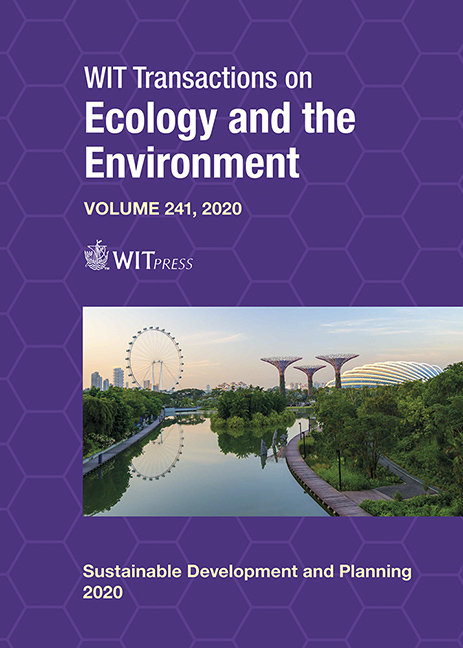COMMUNITY MANAGEMENT OF THE OLÓN COASTAL AQUIFER, ECUADOR, AND ITS IMPACT ON THE SUPPLY OF WATER SUITABLE FOR HUMAN CONSUMPTION
Price
Free (open access)
Transaction
Volume
241
Pages
13
Page Range
169 - 181
Published
2020
Paper DOI
10.2495/SDP200141
Copyright
WIT Press
Author(s)
GRICELDA HERRERA-FRANCO, LADY BRAVO-MONTERO, PAÚL CARRIÓN-MERO, FERNANDO MORANTE-CARBALLO, BORIS APOLO-MASACHE
Abstract
In the north of the province of the Santa Elena province (Ecuador), the important rivers in the area are seasonal, that is, the surface water is intermittent without supplying the population throughout the year. Consequently, the coastal aquifers are managed and exploited by the communes of the sector through the Water Boards. The “Regional Board of the Olón Drinking Water System” (JRAPO, acronym in Spanish), through 7 wells that pump 15 hours a day, supplies water suitable for human consumption to the communities of Olón, Curia, San José, La Núñez and La Entrada. However, when it is beach season, the demand for water increases and at the same time the flow in the wells decreases, generating problems in the water supply to the community members. The objective of this work is to analyze community water management through the social organization of the JRAPO, the technical measures in the water wells and the management of the river with its intermittences for the supply of water to the population. The work methodology includes i) processing of general and specific information on the Olón river-aquifer system, the organization of the JRAPO with its legal framework, ii) geographical territorial scheme of the situation of the Olón basin, iii) analysis of data from the aquifer such as: number of wells, pumping, demand, production and recharge, iv) the interpretation of data and management guidelines that obtain the current supply covering the demand. The results presented allow us to know the average flow of the wells that is around 20 lt/s and the production based on the pumping of said wells. The water from the wells complies with the requirements of the “Ecuadorian Technical Standard” (NTE) for human consumption in the sector. In conclusion, the analysis of the water management carried out by the community representatives through JRAPO is successful and considers several sections: good community organization, technical component that includes the evolution of the water levels of wells, measurement of the physical parameters. chemicals, well pumping regimes and environmental measures in pursuit of sustainability.
Keywords
aquifers, wells, supply, community management, flow





